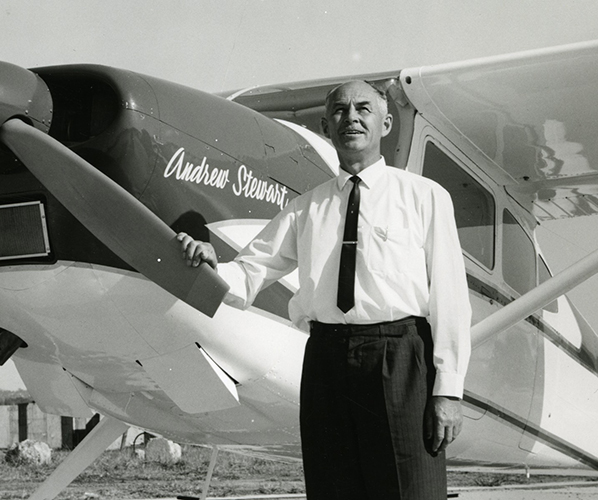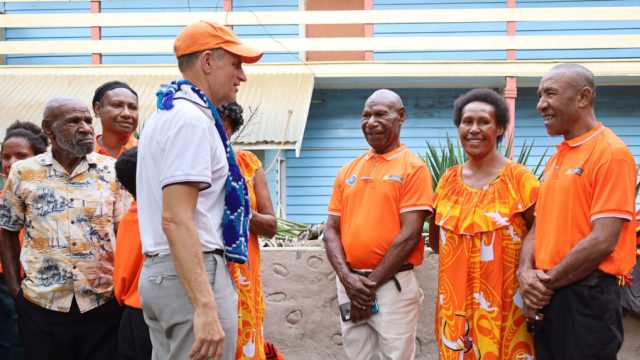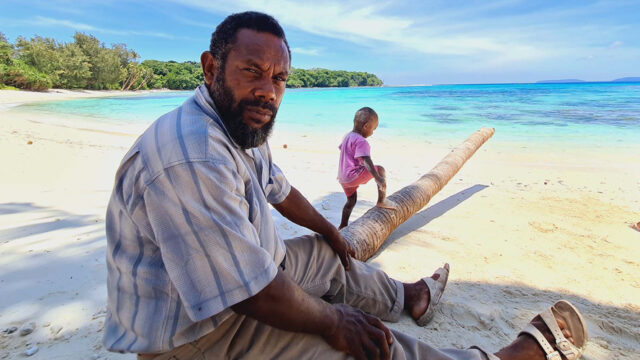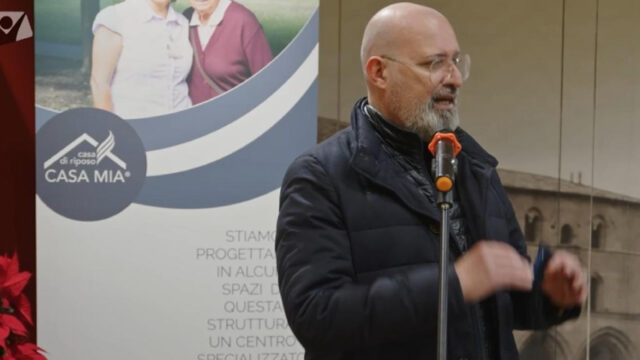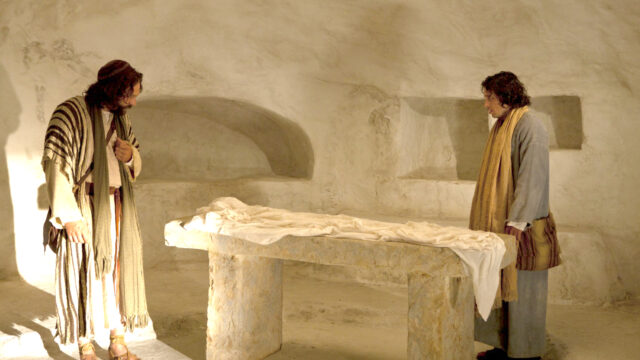An excerpt from the Encyclopedia of Seventh-day Adventists

Until the mid-20th century, many areas in the forbidding terrain of the vast jungles and high mountains that dominatemainland Papua New Guinea (PNG) were accessible only by walking for days or weeks on foot, employing many people to carry goods, often in torrential rain. Yet, the Lord says, “Go.”
In 1946, Len Barnard had a vision of becoming a medical missionary in PNG. He had been stationed there during World War II as a medical orderly. A desire was born in Len’s heart to bring aircraft and missionaries together for mercy flights to the isolated people in that region. He became a medical missionary in October 1948, but another 16 years passed before he could use a mission plane. He raised funds to purchase a new Cessna 180, named Andrew Stewart after a veteran South Seas missionary, and gifted the aircraft to the Coral Sea Union Mission in June 1964.
The Cessna was an immediate success. The missionaries used it to open new mission territory, transport and treat the sick, supply and transport workers, and carry building materials—flying “missions of mercy” as Len had originally envisioned. The Andrew Stewart was the first of many aircraft operated by the Adventist Aviation Services PNG (AAS PNG).
In those early years, the expatriate ministers who were pilots and district directors creatively financed their operating costs. They picked up “stranded” people for a “donation,” ran small trade stores in remote villages, and sent mission stories to the weekly news publication of the South Pacific Division. These stories inspired many members to donate.
In 1968, two union missions administered the Western Pacific area. The Coral Sea Union Mission largely covered the territory of the mainland of Papua and New Guinea. The Bismarck-Solomons Union Mission included the northern islands of PNG and the Solomon Islands. The latter had much greater distances to cover because the territory stretched more than 1,100 miles (1,800 kilometers) of mostly ocean. Funding was quickly raised in the United States to purchase a new Aztec, which arrived in PNG in March 1970. The sea journey from Honiara to Atoifi took 22 hours via mission launch. The Aztec shortened the trip to 27 minutes!
The aircraft transported church employees and supplies across the open sea to Fiji, New Hebrides, New Caledonia, Nauru, Gilbert, and Ellis Islands in PNG and occasionally to Australia or New Zealand. By 1972, AAS PNG was operating five aircraft, including one twin-engine Aztec. Most of the pilots were ministers or teachers who used the planes to work in their own district and in other areas that didn’t have a resident pilot. In 1973, AAS PNG appointed its first full-time commercial pilot who wasn’t a minister, John Bryant.
In PNG, with changes over time, the medical missionary pilot role became somewhat obsolete. The health needs of the rural people, however, were as dire as ever. To meet these needs, Ken Vogel, who was a pilot and the district director, worked with Sopas Adventist Hospital’s Dr. Robert Wat in Enga Province in 1982 to commence a monthly flying doctor program. In this program, medical personnel visited rural clinics and villages in the Western Highlands and the Sepik region. These visits increased the church’s standing in those areas and brought hope to many who were previously helpless.
From 1964 to 1993, the membership in the Papua New Guinea Union Mission grew from 15,500 to just over 128,000. The road infrastructure in PNG had improved in standard, but very few new roads had been built. During these years, the Seventh-day Adventist Church and AAS PNG had helped construct many airstrips. The standard operating procedure was to open a new area, build an airstrip, and grow the church.
Seventh-day Adventist Aviation in the South Pacific commenced on the strength of people with a vision. It continues to contribute to the success of the mission of the Seventh-day Adventist Church on the strength of that same vision. The contribution that aviation has made cannot possibly be calculated. Great is the need, and God has greatly blessed its success.


